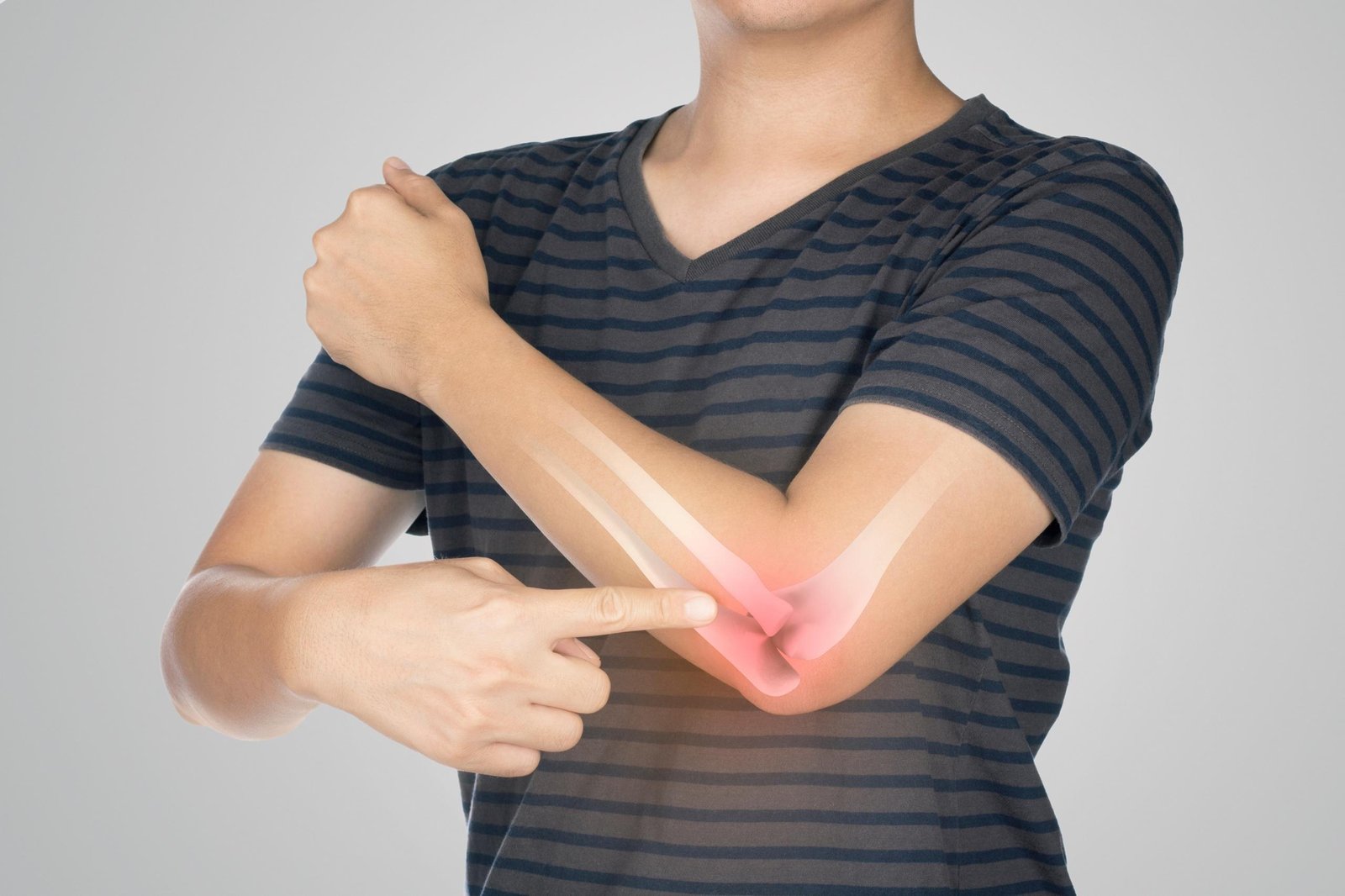
Brief Description
Elbow joint pain can result from various causes, including repetitive strain (like tennis elbow), injury, or inflammatory conditions such as arthritis. Symptoms include stiffness, aching, and limited movement.
In Traditional Chinese Medicine (TCM), elbow pain is often associated with blockages in the meridians, leading to Qi and blood stagnation. These imbalances may be triggered by overuse, injury, or exposure to cold and dampness, all of which can worsen pain and limit joint mobility.
Common Misconceptions
TCM Diagnosis
Typical Tongue
Typical Pulse
Normally it won't affect the pulse.
TCM Pathogenesis
Elbow joint pain in TCM is often due to Qi and blood stagnation in the meridians that pass through the elbow, such as the Large instestine, Sanjiao, and Lung meridians. External factors like cold, dampness, and wind can invade the meridians, further restricting the flow of Qi and blood. In more chronic cases, underlying deficiencies in Qi, blood, or organ function (such as the Liver or Kidney) can weaken the body's ability to heal, leading to persistent pain.
TCM Treatment
General Principle
Most cases of elbow joint pain or tennis elbow or golfer's elbow are caused by local overuse and strain. Acupuncture along the affected meridians is highly effective for relieving pain and restoring function. For cases of chronic blood stasis due to prolonged meridian blockage, bloodletting therapy may be necessary to clear stagnation. If the meridians have become weakened from long-term ineffective treatment, a tonifying acupuncture approach should be used to strengthen the meridians and restore proper flow.
Unique Therapies We Apply
Treatment Plan
Precaution
Summary
Elbow joint pain, commonly caused by overuse or strain, can be effectively treated with Traditional Chinese Medicine (TCM) therapies, particularly acupuncture. In the acute phase, acupuncture provides quick pain relief, while chronic cases may require a longer course of treatment to fully restore the affected meridians. Proper rest is essential during recovery, and patients should avoid resuming physical activities too soon after relief to prevent recurrence. Daily post-exercise care is also crucial for maintaining muscle flexibility and preventing further injury. Additionally, keeping the elbow warm and engaging in gentle movement after treatment will aid in the healing process. TCM’s holistic approach not only relieves pain but addresses the underlying imbalances, ensuring long-term recovery and improved joint function.

The Traditional Chinese Medicine treatment approaches outlined above are derived from my clinical experience, and I acknowledge there may be areas not fully covered or that require further refinement over time.
This content is intended to provide a learning reference for professionals and enthusiasts in Traditional Chinese Medicine and to help patients gain a better understanding of their conditions and common misconceptions.
However, I must emphasize that this information does not constitute specific treatment guidance. All TCM treatments must be tailored to the individual through thorough diagnosis by a qualified practitioner. Non-professionals should not attempt self-treatment based on this information, as any treatment conducted without professional supervision may carry potential safety risks.
